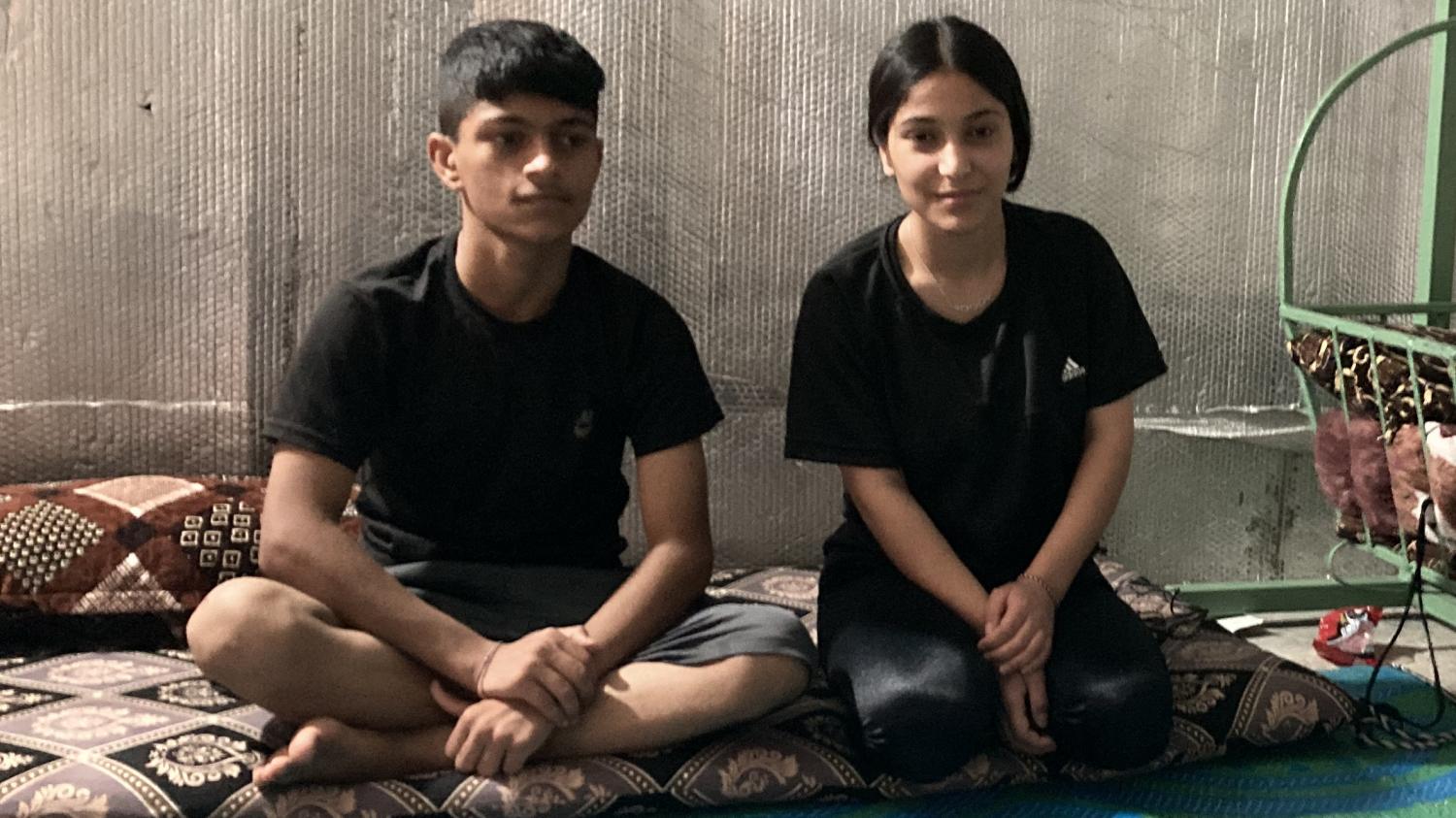In a quest for a better life, Yazidi families grapple with the painful knowledge that they may never recover what they left behind. Nearly a decade after the seizure of their land by the Islamic State (IS), many families are still awaiting its return. They face the disheartening prospect of their threatened religion and way of life being absorbed into the multicultural fabric of Western cities, potentially fading away in a generation or two. However, the most profound loss lies in the missing loved ones.
For Fawzia, 17, and her two younger brothers, the void left by their missing family members is agonizing. Fawzia and her siblings dream of a brighter future in Australia but are haunted by the uncertainty surrounding the fate of their mother, father, four brothers, and two sisters. They are believed to be somewhere in Iraq or Syria, possibly dead or, against all odds, enduring unimaginable cruelty as captives.
Tragic news arrived when a jihadist revealed to Farhad, 13, that their brother, Faris, had perished in a US-led coalition airstrike while working as an IS camp guard in Syria. The fate of the rest of their family remains unknown. Living in a shack in a displacement camp in Khanke, Iraqi Kurdistan, Fawzia and her brothers rely on the watchful eyes of their older brother, who was absent during the seizure of their village in 2014. Tragically, his first wife and five children were abducted by IS that day, and he has not seen them since.
August 2014 marked a devastating turning point when IS launched its second offensive in northern Iraq, concurrently targeting Christian towns. However, it was the Yazidis who faced a particularly vicious onslaught due to their religion, which IS extremists denounced as devil worship. Men were executed en masse while women and children were subjected to the horrors of slavery, being sold at degrading auctions. Out of the 399 former “slaves” rescued so far, approximately 2,600 Yazidi captives are still missing. However, there is a glimmer of hope that some may still be alive, either held by hidden IS cells or residing in the al-Hawl refugee camp in Syria.
The abductions had a profound impact on Yazidi children who were forcibly given new identities and handed over to Muslim families, often losing their Kurdish language and cultural heritage. Occasionally, a missing Yazidi is discovered, providing a glimmer of hope for their families. Recently, 18-year-old Wafaa Ali Abbas was rescued from an IS family’s tent in al-Hawl following a tip-off. She had been kidnapped at the age of nine and sold multiple times during her four-year ordeal. Similarly, Fawzia, abducted at the age of eight, endured unimaginable abuse until a sympathetic fighter left her near a mosque, ultimately leading to her rescue.
Despite these individual triumphs, the Yazidi community’s fate remains uncertain. The Sinjar region, where federal Iraq meets Syria, Turkey, and Iraqi Kurdistan, is a politically volatile area occupied by militias loyal to Iran and those affiliated with the PKK, a Kurdish militia engaged in conflict with Turkey. Many Yazidis feel they cannot return home. Consequently, thousands are seeking refuge in Germany, which now hosts the largest Yazidi population outside the Middle East. Some survivors, like Wafaa Ali Abbas’s father, who escaped the IS massacres, have already resettled in countries such as Canada.
Fawzia and her brothers have set their sights on Australia, awaiting potential settlement through the United Nations’ application process. While they still cling to the hope of their parents reuniting with them—a miracle in itself—the chances diminish with each passing day.








































admin in: How the Muslim Brotherhood betrayed Saudi Arabia?
Great article with insight ...
https://www.viagrapascherfr.com/achat-sildenafil-pfizer-tarif/ in: Cross-region cooperation between anti-terrorism agencies needed
Hello there, just became aware of your blog through Google, and found ...